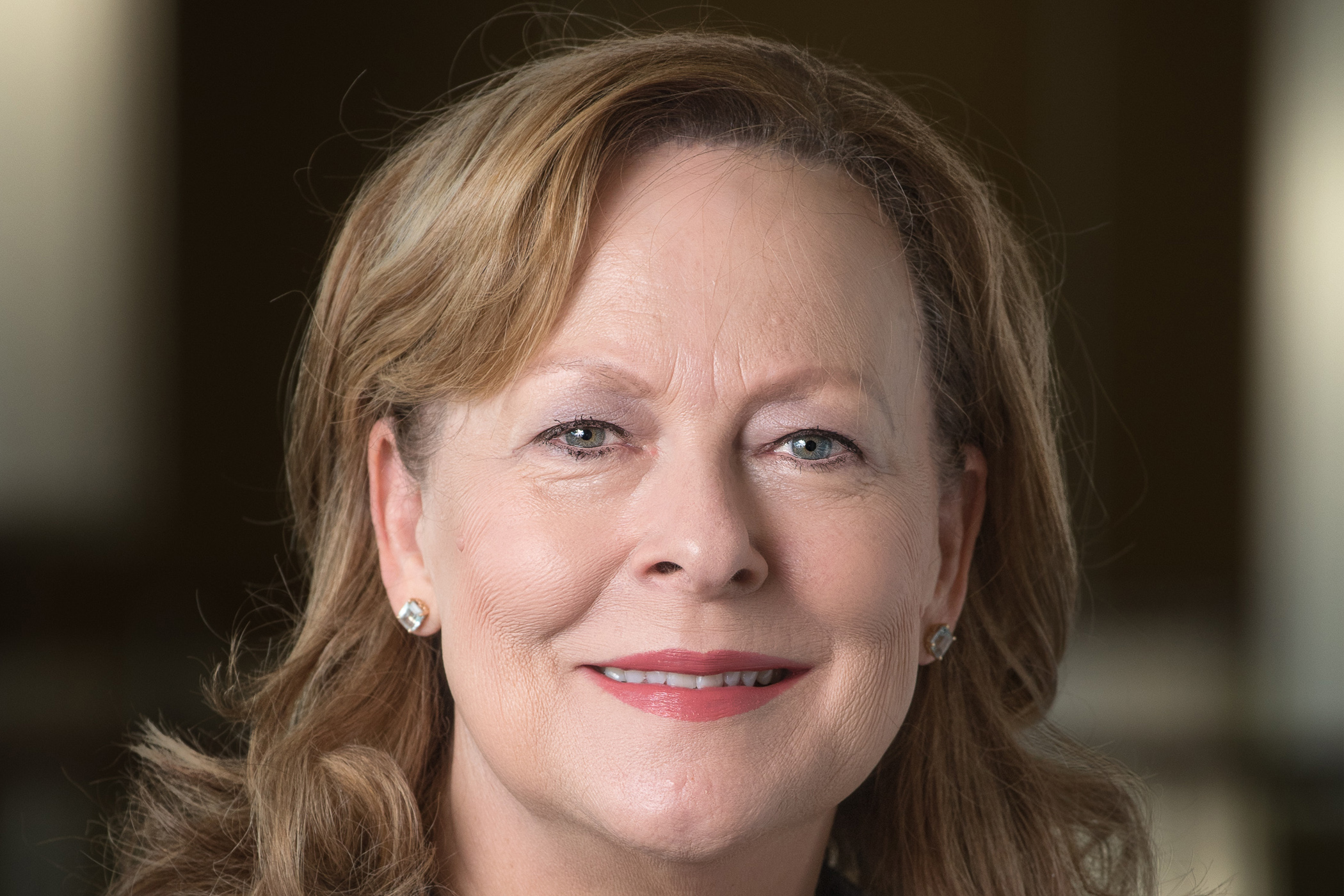
TUSCALOOSA, Ala. – Dr. Robin Bartlett, associate dean for research with The University of Alabama’s Capstone College of Nursing, and her team have received a $1.2 million Science Education Partnership Award, or SEPA, from the National Institute of General Medical Sciences of the National Institutes of Health for their project, Health Sciences & Technology Academy-Alabama, or HSTA-AL.
The goal of HSTA-AL is to build a pipeline for underrepresented students to the field of nursing, teaching them to become change agents in their communities.
“Our nation is in dire need for more nurses, particularly nurse scientists, nurse faculty, and RNs from rural areas and diverse racial and ethnic backgrounds,” said Bartlett. “To change this dynamic, we must encourage students from underrepresented populations to enter the field of nursing before they graduate from high school.”
According to the American Association of Colleges of Nursing, nearly 40% of the U.S. population are Black, Indigenous and people of color, but these groups comprise only about 20% of the nursing workforce and 16% of full-time nursing faculty.
Bartlett continued, “Nurses from underrepresented and diverse communities have the potential to become change agents in their communities, employing their understanding and expertise to address health inequities that lead to poorer health outcomes among underserved populations.”
The five-year program seeks to replicate West Virginia’s SEPA-supported Health Sciences & Technology Academy, or WV HSTA, but with adaptations specific to the needs of rural Alabama. HSTA-AL, which will initially focus its efforts in Hale and Pickens Counties, aims to support inclusion in nursing, nurse faculty and nursing science roles by opening the doors to higher education for underrepresented high school students.
“We will build on WV HSTA’s successes, tailoring HSTA-AL to meet the unique needs of Alabama high school students,” said Bartlett. “We look forward to opening these students up to the possibilities of a biomedical career, especially a career in nursing.”
The SEPA funded WV HSTA has been in existence for more than 25 years and has graduated nearly 3,000 students from the program, with an 89% graduation rate among those who matriculate to college. WV HSTA graduates often go on to pursue advanced degrees, and many choose nursing as a profession.
Steps taken to encourage students to pursue undergraduate degrees include hosting summer camps on nursing, citizen science and rural health disparities; offering after-school clubs to engage students in community-based participatory research; and providing professional development to HSTA-AL in-service and pre-service teachers.
“The Hale County School System has a passion for providing opportunities for all students, not only in their education endeavors, but also in life,” said Mr. Michael Ryans, superintendent of Hale County Schools. “This program will do both. I believe that long-term, sustainable change will be accomplished through this program. Together, we can improve the health of Hale County residents while educating and preparing our youth to become the health care professionals of tomorrow.”
UA’s Capstone College of Nursing HSTA-AL team includes Bartlett, Drs. Mercy Mumba, Paige Johnson and Michele Montgomery, and Mrs. Brandi Lester. Dr. Betty Key from Samford University is also a member of the team, as are Ms. Bethany Hornbeck and Dr. Ann Chester from Apis Creative and Drs. Alan and Sherron McKendall from West Virginia University.
Contact
Rosemary Russell Kirby, UA Capstone College of Nursing, rurussell@ua.edu
